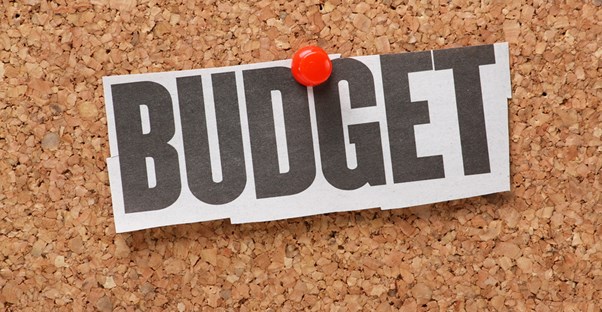A workable budget suits the budgeter. That sounds pretty easy and flexible, but how much flexibility you actually have depends on a lot of factors. Any disciplined budget must satisfy your basic needs first. An informal budget can do for starters. That said, keep in mind that it’s a good idea to really dig into it the first time and then periodically after that.
Prioritize
Some people have more of what they want than others, but few people receive everything they want. The rest of us have to prioritize. What about goals and targets? As a rule of thumb, you want 3-6 months worth of your monthly expenses saved in liquid assets, like your checking and savings accounts.
Freedom Takes Discipline
At the beginning, you need to cut back on all non-essential expenses. Sacrificing now prevents problems later.
Make Higher Payments On Your Loans
Avoid making minimum payments on your loans. Almost all of the minimum payment is interest, so if you make the minimum payment, you barely dent the principal amount of your debt. Pay as much as possible, but ALWAYS over the minimum on at least one debt.
Start the Real Budget
Next, sum up general categories for your spending for one month. If you normally use cash, carry a notebook with you for a week, write down everything you spend and multiply by 4. Make particular note of any wasteful categories.
Once that’s done, go on a shopping spree—in your head. Still ignoring the big-ticket items like housing, write down everything you know you need to buy over the next 6 months, such as tires, work clothes, etc. Do the same thing for the next five years. Bingo. You have a rough spending plan for your future. Make a copy and carry it with you as a reminder of what you’re going to need to buy.
Next, divide the cost of each of the items on your list by the number of months until you have to buy them. Total up the monthly costs, then call the bank and have them divert that amount into a separate savings account. Put it out of easy reach.
Calculate your expected monthly income. Now, add up your recurring big-ticket expenses, like housing, transportation, food, and insurance, for each month. Depending on your situation, you may also have debts to repay. Add together the known, major, recurring monthly expenses. Compare them to income. If planned expenses are more than expected income, decide what to cut back on for now, and think about how you might increase your income.
Try the Envelope System
Assuming that your income is greater than your expenses at this point, grab some envelopes. Label each envelope with a spending category like “Food” or “Lunches Out” or “Dry Cleaning.” Estimate the amount you’re willing to spend on each item for the coming week. Put enough cash in each envelope to cover the coming week’s expenses. When the envelope is empty, that’s it for that category for the week. It may not be safe to carry everything with you every day, but don’t cheat by going to the ATM. Automatically place any surplus money into your savings account. The envelope system is effective at helping you stay on track, and it’s surprisingly easy.





